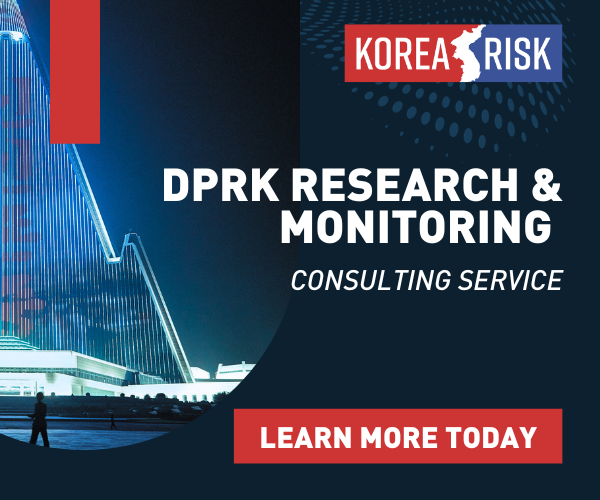After debuting the Asia Power Index in 2018, Sydney’s Lowy Institute rolled out an updated version of the tool in late May.
The Index utilizes over 30,000 data points over 126 indicators, which fit into eight thematic areas of power: economic resources, military capability, resilience, future resources, diplomatic influence, economic relationships, defense networks, and cultural influence.
After debuting the Asia Power Index in 2018, Sydney’s Lowy Institute rolled out an updated version of the tool in late May.
The Index utilizes over 30,000 data points over 126 indicators, which fit into eight thematic areas of power: economic resources, military capability, resilience, future resources, diplomatic influence, economic relationships, defense networks, and cultural influence.
Become a member for less
than $5.75 per week.
Unlimited access to all of NK News: reporting, investigations, analysis
The NK News Daily Update, an email newsletter to keep you in the loop
Searchable archive of all content, photo galleries, special columns
Contact NK News reporters with tips or requests for reporting
Get unlimited access to all NK News content, including original reporting, investigations, and analyses by our team of DPRK experts.
Subscribe now
All major cards accepted. No commitments – you can cancel any time.












